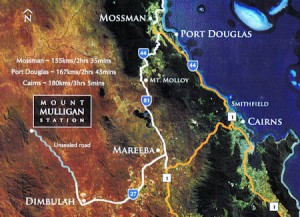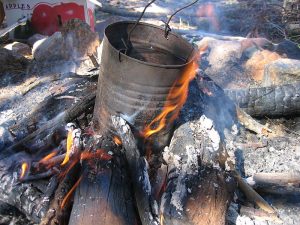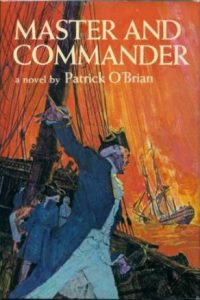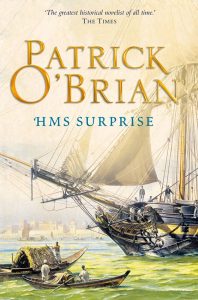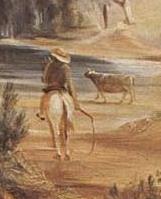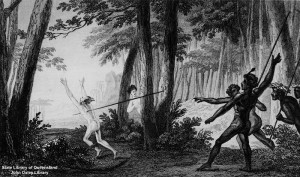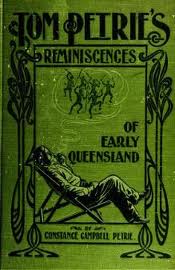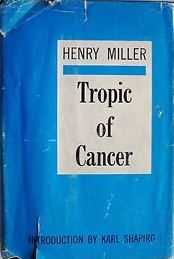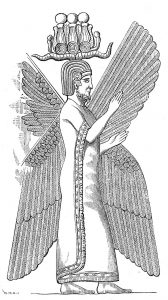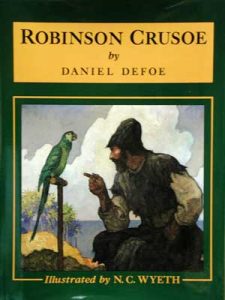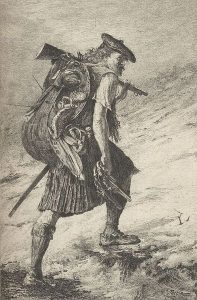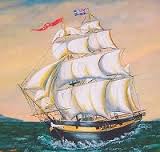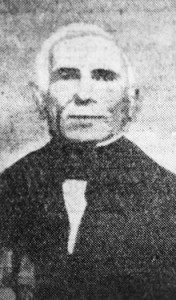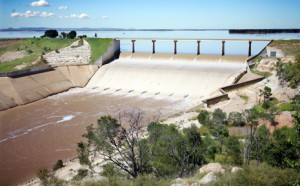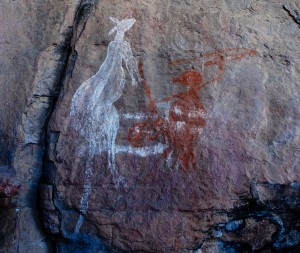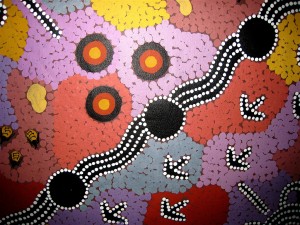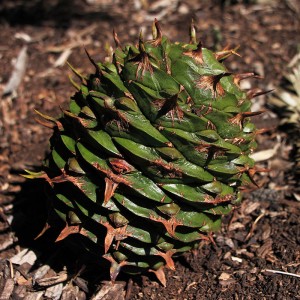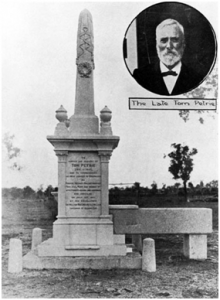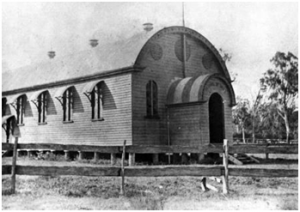Australian Authors: Tell us a little about yourself? Perhaps something not many people know?
I first left Australia aged twenty excited at the prospect of discovering the world. Over the years, the more I travelled the heavier my backpack became as I replaced non-essentials such as clothes with books. Travelling through Europe, the US and then overland through Asia, living and working in diverse countries was a huge learning experience. For many years I read only nonfiction as I learnt about religion, philosophy, society, culture, the environment and so on. The first time I put pen to paper (apart from the rare letter home) was during a writing retreat in the south of France. Poetry was my preferred mode at the time and I eventually compiled a collection which has never seen the light of day. All these life experiences have contributed to how I see the world and the way I now write historical fiction.
Australian Authors: What made you want to become a writer?
I have always been an avid reader but only came to writing in my thirties when I started with poetry. In what seems like another life I taught astrology and when my students suggested I write down my teachings I did so. My book on astrology and meditation was published (in French) in Switzerland. As a teacher (ESL, astrology) I tried to make learning fun. The environment and nature are of great interest to me and I wanted to create a learning resource on the subject that was fun and exciting for students. My next work was a workbook for secondary students that explores ecosystems and Indigenous peoples of the world.
Historical fiction has always been a preferred genre with the likes of James Michener, Ken Follett, Bernard Cornwall, Kate Grenville, Wilbur Smith, Margaret Atwood, Conn Iggulden, Tom Keneally, Diana Gabaldon, Peter Carey etc. among my favourites. I am fascinated by history and these authors offered a window to the past: the cultures, customs and beliefs of our predecessors.
In 2004 I fulfilled a lifetime ambition and did a BA at university with majors in writing and environmental studies. I then set up a website for Francophiles before continuing my studies through Honours (a memoir set in France) followed by a PhD in creative writing. The PhD involved writing an exegesis on authenticity and the historical novel and writing the novel “Turrwan” set mostly in Queensland in the nineteenth century. Feedback from readers of “Turrwan” led me to expand the story of the Petrie family into a saga spanning one hundred years.
Australian Authors: What gives you inspiration for your book(s)?
My first novel “Turrwan” was inspired by the story of Tom Petrie who arrived at the Moreton Bay Penal Colony with his parents in 1837. Six-year-old Tom grew up with the local Aboriginal people, learnt their language and became initiated as one of the clan. There are very few novels treating Queensland’s early history and relationships between blacks and whites on the violent frontier. Tom’s daughter Constance recorded her father’s experiences which were published as “Tom Petrie’s Reminiscences of Early Queensland” in 1904. This work, recognized as an authority on Aboriginal customs, stories and beliefs, was the foundation on which my novel was built. My second novel “White Ghosts” begins in 1824 and recounts the arrival of the first whites to settle in Queensland and the consequent establishment of Brisbane. The past holds many lessons that can help us understand the present.
Australian Authors: Now, the big question, are you working on another book?
Yes, I am. I’m working on a story set in the coal-mining ghost town of Mt Mulligan about 100 km due west of Cairns in Far North Queensland where I spent the first four years of my life until the mine was closed down in 1957. The mountain, Ngarrabullgan as it is known to the Kuku Djungan, is one of the most sacred and oldest sites in Queensland with proof of human habitation dating back 40,000 years. What the local Aboriginal people know as the birthplace of the Rainbow Serpent is a tabletop mountain 18 km long by 6.5 km wide and rising between 200 to 400 metres above the surrounding countryside. In 1876, intrepid explorer James Venture Mulligan discovered payable gold along the Hodgkinson River which flows along the eastern flank of the monolith (ten times bigger than Uluru). Miners flooded to the area but the field was never as rich as the Palmer to the north. When coal was discovered under the mountain in 1907 the gold had petered out. On a September morning in 1921 a massive explosion rocked the mine resulting in the death of all 75 men working underground at the time. Aboriginal people are supposed to have said that it was retribution for digging into the sacred mountain. The only original building remaining is the hospital which is now the homestead for a working cattle ranch that welcomes visitors.
Australian Authors: What genres do you prefer to write in?
Historical fiction and memoir.
Australian Authors: What do you think about the ebook revolution?
At first it looked like the ebook revolution would lead to the demise of the physical book but this has not been the case. The advantage of the ebook is the low cost as it allows for greater access to stories worldwide without the sometimes prohibitive cost of freight. Personally, I prefer the feel of a book, its weight, the crisp paper, even the smell emanating from the pages and also because it too has a history.
Australian Authors: Do you start a book with a definite plot, or do you just write?
For “Turrwan” I started with a rough story outline that built on Tom Petrie’s life and experiences as they unfolded. As my stories are closely tied to the historical record this acts as the base for the plot. In an early draft of “White Ghosts” I kept jumping back and forwards in time until I realised how confusing this approach was.
Australian Authors: Pen or type writer or computer?
So far all of my work has been hand written with a mechanical pencil. I then type everything on the computer which allows for a first edit.
Australian Authors: Do your characters seem to hijack the story, or are you always in control?
Mostly, I’m in control, I think.
Australian Authors: Are your characters based on real people or completely imagined?
My main characters are based on real people and some that I have created. I didn’t want to write a biography and have inserted fictitious characters to challenge the factual ones and to enliven the narrative. I have been told that some of the characters I have invented seem more real than the historical figures. Some real people such as the infamous absconder and raconteur Sheik Black Jack Brown in “White Ghosts” would be almost impossible to imagine and readers would find it hard to believe that this person could exist but he did.
Australian Authors: Have you thought about joining with another author to write a book?
Not really. I prefer to work by myself.
Australian Authors: Who are your favourite authors?
I cited a number of historical fiction authors above but I also enjoy crime and thrillers from the likes of Michael Connelly, Sue Grafton, Deon Meyer, Ian Rankin, Tony Park, Jane Harper, J K Rowling, Lee Child, John Grisham, the list is endless. Then in general fiction: Alex Miller, Melissa Luckashenko, Richard Flanagan, Peter Temple, Isabel Allende, Tim Winton, Joanne Harris. . . I also read a lot of non-fiction for my research and I have posted a bibliography of works consulted in writing “Turrwan” and “White Ghosts” on my website.
Australian Authors: What’s your advice to Authors? On writing? Publishing? Marketing?
The old adage “write what you know” comes to mind as it certainly makes life easier. Having lived in the Brisbane region for over twenty years allowed me to explore the places where my stories unfold and get a better grasp of what the early settlers might have experienced. It’s always important to keep the reader in mind – who are you writing for?
An emerging author has little to no chance of being taken up by a major publisher so self-publishing is the only avenue. However, writers beware as there are a lot of sharks and dodgy publishing houses that are only after your money. I use Feedaread.com which is funded by the Arts Council in the UK while Ingram Spark is another possibility.
Marketing is probably the hardest bit for most authors as we would prefer to be writing rather than trying to flog our books. There is no end of “how to” books telling us what we should be doing: book launch, author talks, website, social media etc.

